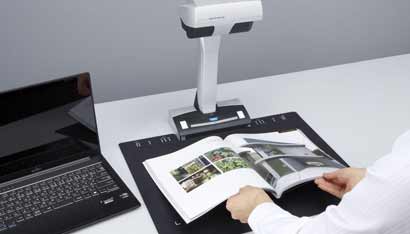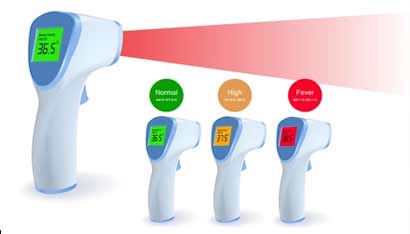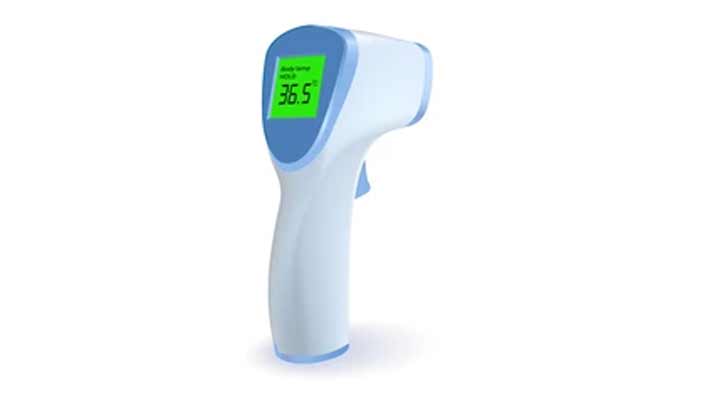The first advantage of contact scanners is portability. Because the device is large, it is difficult to move from one location to another. This can be a problem if you’re using it in an office environment. Luckily, there are many portable contact scanners available on the market today. In addition to being small and lightweight, they can scan curved materials. Here are some of the best ones.
Captures Images of Large Objects

Non-contact scanners capture images of large objects like books, but are slow to scan objects. They are better suited for large surfaces, such as glass and metal. A large book scanner puts the document in glasses, while a paper-fed scanner places it on a table. With a contact scanner, the entire object is captured, and the document is scanned from top to bottom. A paper-fed scanner can also take photos of multiple surfaces.
Non-contact Scanners
Non-contact scanners are the fastest. They can scan larger objects quickly, which makes them the most popular choice for industrial environments. In fact, they are faster than a paper-fed scanner. In terms of quality, contact scanning has more advantages than photogrammetry. They can quickly detect scale issues and war page. A non-contact scanner is more versatile, which is why it is an increasingly popular choice. If you wish a knockout post on contact scanners, check out the post right here.
Non-Contact Method of Scanning
A non-contact scanner is usually placed on a table. The scanning element is located at the top of the device and the image is taken from top to bottom. A large-book scanner uses a contact-based technique. Unlike photogrammetry, a contact-based device can be attached to an articulated arm. It can collect angles. Some models are referred to as Coordinate Measuring Machines.
Non-contact Scanners Are Better for Some Applications
Non-contact scanners are useful for scanning books. They are not a good choice for objects that are fragile. Moreover, they can’t be used in the production of large-scale parts. They have a smaller footprint. Despite their disadvantages, a non-contact scanner is still better than a paper-fed scanner for some applications. If you are not sure whether to get a contact-based device, then look for a multifunction printer.
Contact-based 3D Scanning Technology
Contact-based 3D scanning technology is more efficient. You can store your information electronically without worry about theft. These scanners are also better than paper-based 3D scanners. They can make soft-copy backups of all types of documents. They’re a great option for businesses that have huge amounts of documents. And, they are a great way to reduce storage costs. A good scanning service can provide you with a low-cost solution for the cost of storing documents.
Faster and More Accurate

The speed and efficiency of contact-based scanning systems is faster than that of photogrammetry. Compared to photogrammetry, contact-based scanners are more accurate. This is especially true if the surface is complex and has a lot of irregularities. Further, contact-based 3D scanning technology can be more sensitive than a photogrammetric device. This makes them much more efficient. If you have a large amount of documents, a non-contact-based system will scan it.
Conclusion
The scanning process can capture millions of 3D points within seconds. These points are used to form a 3D pointcloud, which is an accurate representation of an object or site. Data registration software can stitch multiple scans into one pointcloud and deliver it to clients in this format. This technology is also beneficial to photographers. By digitizing old photographs, you can easily fix them in your computer. Further, you can easily access them with a smartphone and archive and print them.

